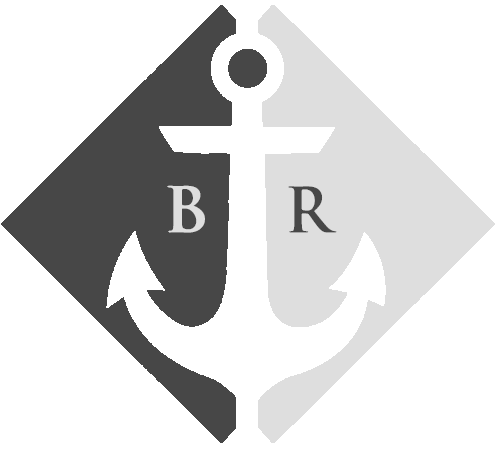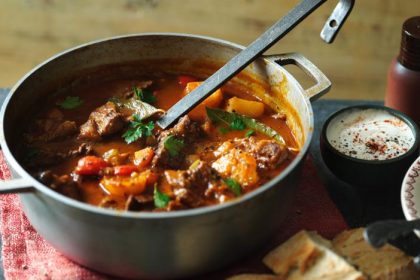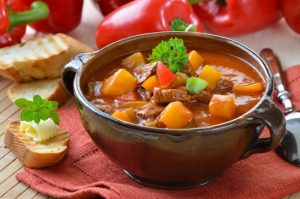

CONTACT US
1052 Budapest, Jane Haining Quay, Dock 11.
Customer support is available daily from 9:00 to 22:00.
Budapest, Jane Haining Quay, Dokk 11, 1052

It is a kind of stew which contains meat and vegetables, and sometimes some potatoes can also be added to it and is seasoned with paprikaand other spices. We can find also goulash soup in menus, but it is a real soup, so it is a different kind of dish. Anyway, it also contains meat and lots of spices, especially, of course, paprika, the spice which became a symbol of Hungary. Other courses, such as porkolt (written in Hungarian: pörkölt) or paprikas (paprikás csirke), are much closer relatives of Hungarian goulash, and in abroad, they are usually mean very similar or even the same dishes. In fact, porkolt is denser; it is similar to a ragout, and onion/ garlic has a major role in it than in goulash. Paprikas can be made only from white meat. And we should not forget about the famous and beloved fish soup, which has also an interesting role in the Hungarian cuisine.
It has several versions but one fact is undeniable: this is a typical item of the Hungarian cuisine. Most of the historical sources say that herdsmen in the Great Plain (Alfold) created this dish. A herdsman is called ‘gulyas’ in Hungarian. As the type of animal husbandry was extensive in those times, in the major part of the year, herdsmen live far from the cities, and only one equipment helped them during cooking. It was the cauldron. They didn’t have too many ingredients: spices, bread, bacon, and meat. Until the late 1790-es, beef goulash was the most common type, because gray cattle was the most common useful animal. Later, sheep have become also popular. Nowadays, potato, dumpling, or other side dish is served with goulash, but in the early times, herdsmen and shepherds ate it only with some bread. In 1793, it was the part of the catering of Hungarian soldiers, and, with the help of inns, nobles and rich citizens also got to know and loved it.

It is an interesting question because red pepper (as a season it is called paprika) occurred in the country only from the Turkish occupation. So in the 18th century, this season didn’t have a long history yet. A possible explanation is the following: Habsburg Joseph II wanted to create a centralized empire. Most of the Hungarians didn’t like it and so emphasizing national traditions, dishes, or costumes became fashionable. Goulash was considered the typical dish of shepherds/herdsmen, so it was also considered a national dish, and became popular very fast. Since then, goulash made a great career. In the 19th century, even scientific sources mentioned this kind of dish as a national characteristic. Its recipe was published in a foreign cookbook first in 1826, with the name of Wiener or Golasch-Fleisch. Even Hungarian literature has also dealt with the topic! We can read about the traditional method of cooking goulash in a novel (Yellow rose) of the great romantic writer, Mór Jókai. The main characters of the novel are a herdsman and a horseherd. In the near past, in 2017, goulash soup was officially registered in the list of the Hungaricums with the Pauline Order and the porcelain made in Hollóháza.

As we mentioned before, traditional goulash is made of beef; nowadays we call this type Andrássy-goulash. However, we can use any kind of meat, such as sheep, pork, chicken, or duck; only young animals’ meat is not recommended. Cauldron-goulash is seasoned with garlic and tomato beside the paprika, while the Great Plain-type contains also lots of vegetables. In Serb regions or in Transylvania, people often put some cabbage into it. In other parts of the historical country, beans are also important ingredients.
Although it is known as a Hungarian dish worldwide, there are other countries in the region of Middle and Eastern Europe which have similar food. They are Germany, Austria, Poland, the Czech Republic, Ukraine, and Slovakia. Moreover, in the USA, pork goulash is really popular.
There are plenty of places serving this unique Hungarian food all around the country, so it worth to try some of them to make sure you really get a bit of the original taste. We recommend you to join us on one of our dinner cruises (Piano battle show or folklore and operetta show) and try our 4-course dinner, filled with Hungarian specialities, just like the original goulash soup.